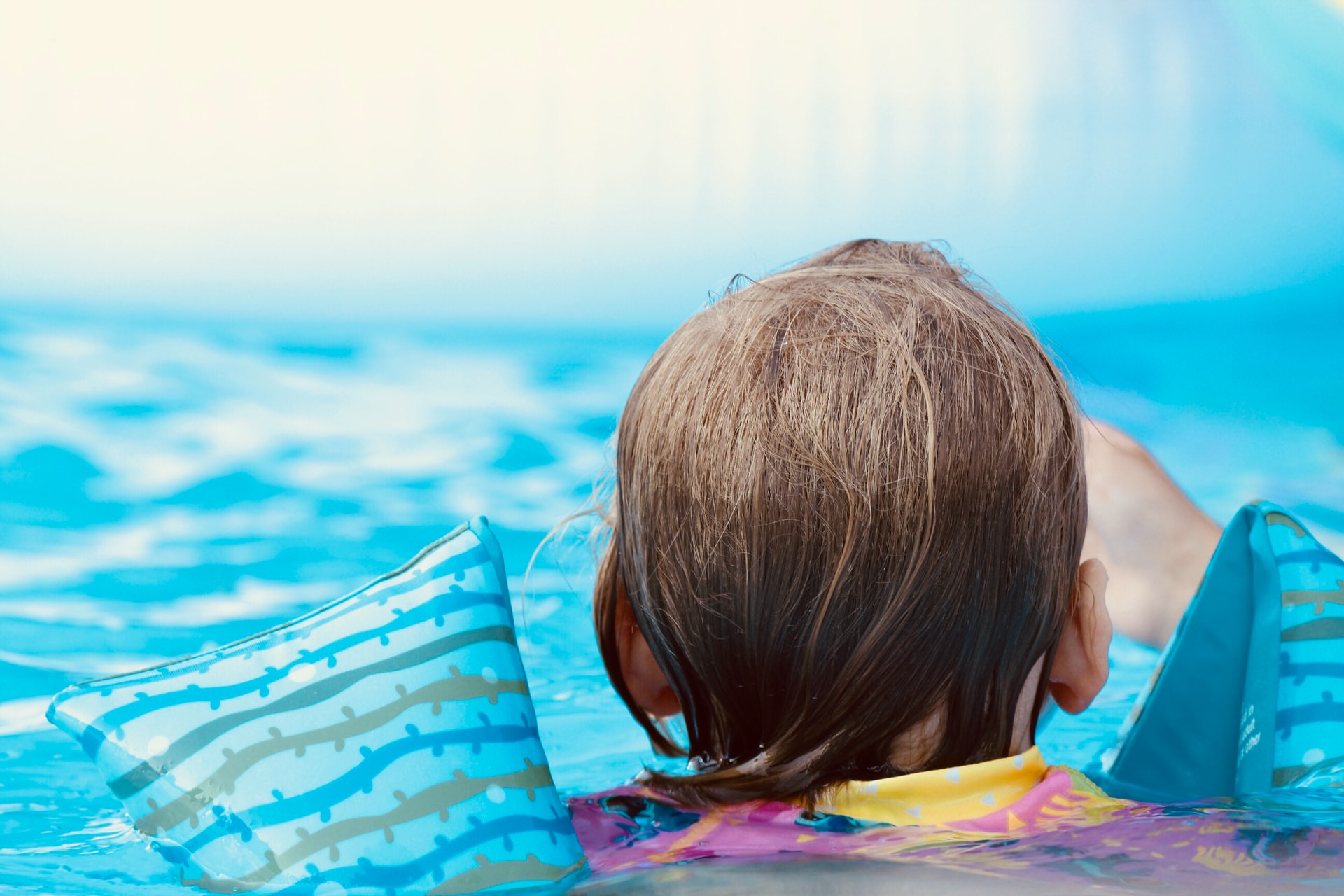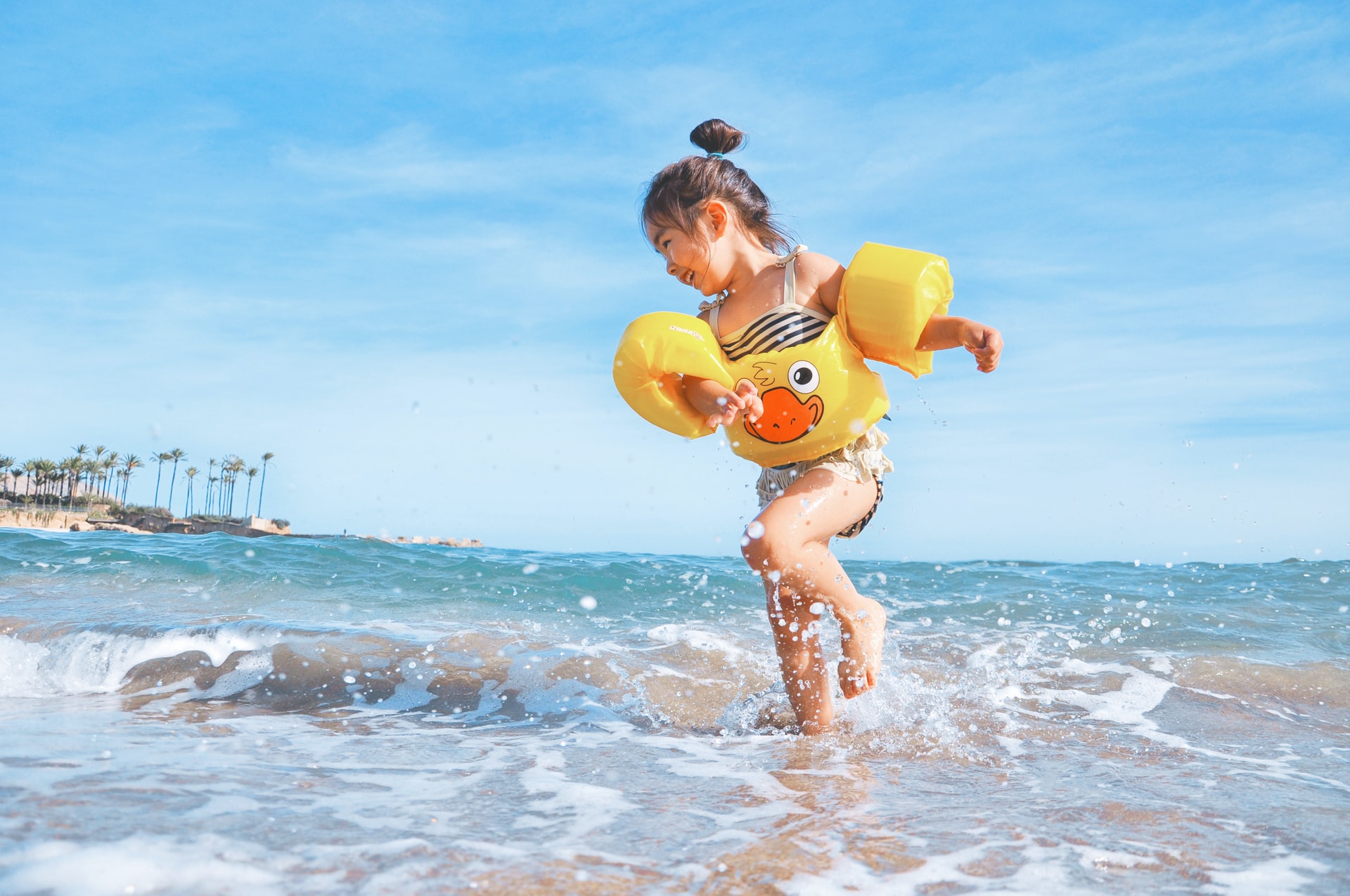The season for swimming is soon approaching with the arrival of summer. Many of us eagerly await the summer months so we can spend more time outside taking in the scenery with our loved ones. We at Coast2Coast want to make sure you’re ready to enjoy a safe summer this year.
Is it possible to learn to swim on your own? is one of the most often asked swimming questions. Although it is possible to learn on your own, we strongly advise that you do so in order to ensure your safety. Your danger of drowning will increase if you have never learned to swim.
Options for swimming lessons:
Learn something new from a qualified instructor
By enrolling in a private swimming lesson price at a swim school and having an instructor teach you the necessary skills, you may learn to swim in the safest and most effective manner possible. Swimming teachers will coach you in a variety of swim strokes as well as lifesaving techniques like treading water. You can practice more on your own time and in a secure setting by asking your teacher for homework to help you learn faster.
All ages can take swimming classes at Coast2Coast if you wish to learn how to swim with a professional. Public, transportable, and integrated swimming lessons are all things we have to offer.
Practice with a friend or member of your family.
You can also learn how to swim with a friend or family member who is an experienced swimmer and is familiar with the techniques and strokes. They will probably be able to assist you in an emergency. Despite the fact that this is a safer choice than swimming alone, we nevertheless strongly advise enrolling in a swimming program with trained lifeguards and instructors on duty at all times. With professionals who are always on-site and have the highest levels of aquatics and drowning prevention training, Coast2Coast offers swimming lessons. Always work on your technique in the shallow end of the pool.
 Independent practice
Independent practice
Learning to swim on your own would be the least secure method. It is advised to practice in the shallow end of a pool with an innertube or other available floatation device if you are willing to take this risk. Before entering the pool, you could prepare yourself by reading about swimming or by viewing instructional videos. Please understand, however, that this is not a suggested course of action.
How do you begin learning to swim?
A excellent skill to have is the ability to swim. Remember that everyone learns at a different pace, so some strategies might not be effective for you. Scroll down to learn how to overcome your fear of swimming if you are afraid of the water.
1. Become used to the water. With your swimming instructor, start your practice sessions in the shallow end of the pool. If you lose your balance or need to take a break, you want to be sure you can stand up easily.
2. Test out floating. Keep in mind that as we fill our lungs with air, our body is inherently quite buoyant. Our bodies vary from one another, though. By lifting your legs off the ground while holding onto the side of a pool, you can first practice floating. Holding onto the pool’s edge, practice lying on your stomach and your back. You can practice floating in the shallow end of a pool by yourself, with the help of your swimming instructor, or with someone else after you are confident doing so while holding onto the side.
In the event that you ever experience terror while swimming in deep water, consider floating on your back while remaining calm. Before you start swimming again, give yourself time to settle down.
3. Get comfortable bubble-blowing underwater. In the shallow area of the pool, inhale deeply before immersing your face. Exhale through your nostrils completely. You’ll see tiny bubbles appear. Additionally, you can exercise by exhaling through your lips.
If blowing bubbles through your nose makes you uncomfortable, you can use a nose plug or hold your nose shut with one hand while exhaling through your mouth.
Additionally, eyewear may be useful to have while diving. Make sure the goggles fit snugly to prevent water from getting inside of them.
4. Work on your kicking. Holding on to the edge of a pool, as shown in the image below, is the safest technique to practice kicking. A flutter kick is the most frequent kick that people practice. You will alternate which leg is kicking while keeping your legs relatively straight. This is a fantastic and secure approach to work on your kicking mechanics while floating.
You can try training while floating on your back in shallow water until you get comfortable kicking while hanging onto the edge of a pool.
5. Work on your arm motions. Kicking your feet should be comfortable before you start working on arm stroke movements. Start off by using the backstroke. It keeps your face above the water and is one of the simpler strokes to learn. Start by floating on your back and then begin the backstroke. Then you will raise one arm straight out of the water with the palm facing forward and the fingers together. Bring that arm back toward the side of your head and then underwater while maintaining its straightness. Repeat as you move your arm in a circular motion along your side of the body. You’ll alternately use both arms to complete this.
Additionally, you will need to add leg kicks. Both of your knees should be slightly bent as you flail your legs. Do not stub your toes.
WARNING: Use a lifeguarded pool while learning to swim alone. Swimming alone is never advised unless you are a strong swimmer.
How can I overcome my phobia of swimming?
Simply because they were never taught how to swim, many people are terrified of the water and swimming. Others can be terrified as a result of a traumatic event in the past (e.g. almost drowning). How can you overcome your swimming phobia, then?
Take your time being physically and mentally at ease near water. Each everyone develops at their own rate. The level of terror varies from person to person.
Although there are no concrete rules for overcoming a swimming phobia, we will provide you some suggestions that may point you in the right direction.
Prepare yourself first in your mind. Recognize that you will be entering a pool and starting the swimming lesson process. Fear is a psychological emotion that can be changed. You can conquer this fear with the assistance of a swim coach.
 Step into the water. Sit on the edge of the pool or stand in the water while doing so. You must gradually increase your comfort level in the water.
Step into the water. Sit on the edge of the pool or stand in the water while doing so. You must gradually increase your comfort level in the water.
Put more of your body into the pool little by little. You will eventually feel confident entering water up to your chest.
Your face with water. Try splashing your face once you’re comfortable in chest-deep water. You don’t have to submerge yourself entirely unless you’re prepared.
You’ll gradually become accustomed to having water touch your face as a result of this.
Once you’re at ease, try submerging yourself. Breathe deeply before diving in. The use of goggles and a nasal plug may be beneficial. Blow bubbles from your mouth or nose as described in the previous stages once you are underwater.
While practicing floating and kicking, hold on to the edge of the pool. Holding onto the side of the pool is a terrific approach to practice floating and kicking and become comfortable with it, just like in the previous steps.
Use a floating device, such as a swim board or pool noodle, if you’re concerned.
These are excellent aids for swimming technique development and confidence building. The best course of action would be to take swimming lessons from a certified swimming instructor. They will also help you overcome your fear and keep you safe in addition to teaching you how to swim.
Some people can find it difficult to learn how to swim, yet it’s a valuable talent to have. To improve, you must dedicate time to practicing your swimming technique. Once you feel confident in your swimming abilities, you can safely enjoy the lake, beach, pool, and other outdoor spaces with your friends and family.






More Stories
Best Place to Buy Ostarine Mk-2866: An Overview
Create Your Fitness Goal With Sports Supplements
Tips on a Healthy Diet for Women Who Bodybuild